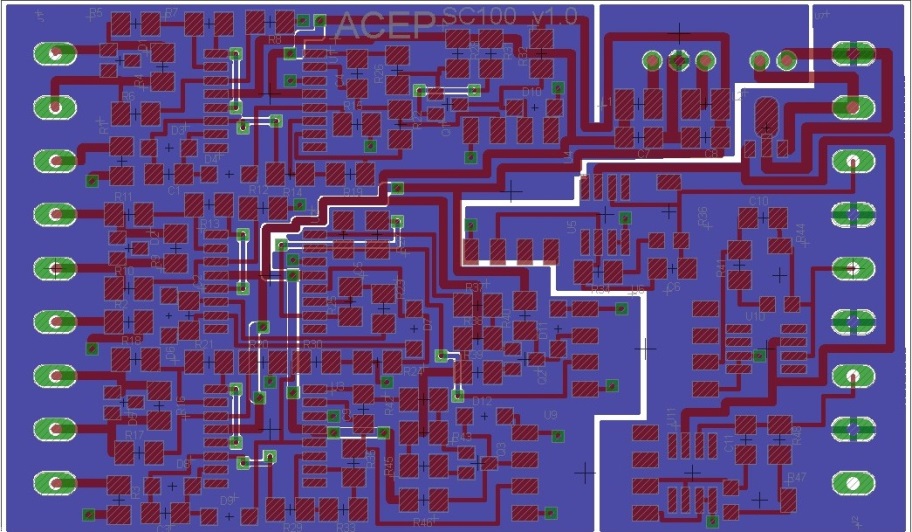ACEP at Work: BlackBox Project Logbook – Project Update

Project Description:
The BlackBox Project consists of the design, construction and testing of a remote data acquisition system. The goal of the project is to develop a completely self-contained system that can be left in the field unmonitored for extended periods of time.
Progress Update:
Update 7/3/2014
The NetCDF (Network Common Data Form) files are now being directly written in the NAS (network attached storage), the Terastation device.
Several tests have demonstrated that the more recent NetCDF versions are much more time efficient. Unfortunately they also seem more fragile as they undermine the system’s reliability. Further testing would be necessary to realize if this is derived from the installation and to correct it.
Update 7/28/2014
Signal Conversion
Due to the inability to find a unit that could read the current signals from a CT (current transformer) and send isolated voltage signals to be read by the main computer for signals in the kHz range, a circuit board was developed in-house to perform the job. The circuits were tested and proven on “breadboards” and are currently being manufactured as a printed circuit board (PCB). These PCBs will be completed and shipped for testing. (They will fit inside an enclosure which can mount on the DIN-Rail for easy installation with the other equipment in the BlackBox.) A small adjustment to the circuit will allow it to read and isolate voltage signals.
Assembly
All the necessary hardware, other than cables, have been purchased to assemble two black box units. A preliminary CAD drawing has also been made to show how to physically mount the components within each enclosure.
Project Lead: Marc Mueller-Stoffels, mmuellerstoffels@alaska.edu
Project Engineers: Jeremy Vandermeer and Luis Pereira Miranda
Project Funding: ShellWind/Shell Foundation, Alaska Energy Authority
Image: BlackBox circuit board design that was sent to a manufacturer for printing. Photo courtesy of JVandermeer, ACEP/UAF.


